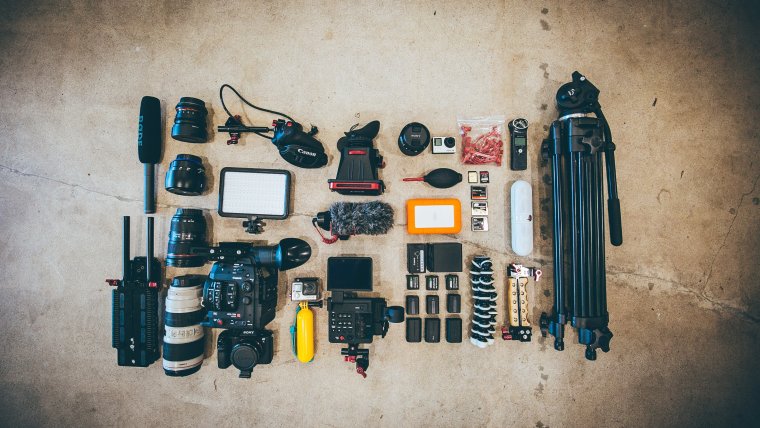
This is part two of a guide on basic accessories that every photographer will find useful in their camera bag. We’ll discuss the uses of each item as well as why it is a recommended purchase.
Table of Contents
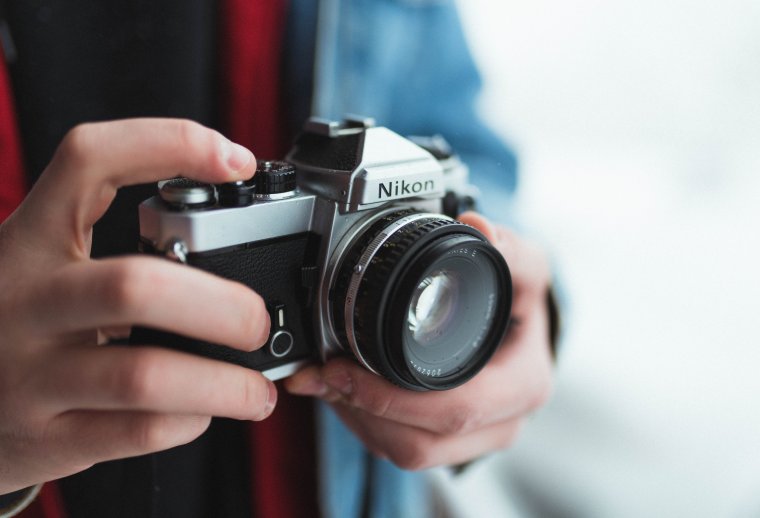
These attachments go on the front of SLR camera lenses. Similar to how sunglasses are used to reduce light and/or glare, lens filters have a variety of effects and purposes, including protecting the lens, reducing the number of reflections, or even reducing the amount of light that goes into the lens. UV, clear, or haze filters mainly just protect the lens from moisture, dirt, dust or scratches i.e. from dropping the camera. Polarizing filters filter out polarized light and reduce reflections dramatically. They also increase contrast and enhance color. Neutral density (ND) filters reduce the amount of light going through a lens, effectively creating a need for a slower the shutter speed. This is useful in situations where a slow shutter speed is desired, such as capturing the motion blur of a stream, waterfall, people, or cars. Neutral density filters can also be used with a high aperture and flash in order to not overexpose the image. There are many other types of filters, but these are the basic ones that most photographers will find useful. It is recommended to always have at least some type of filter attached to all of your lenses for the basic scratch protection in case the camera is dropped.
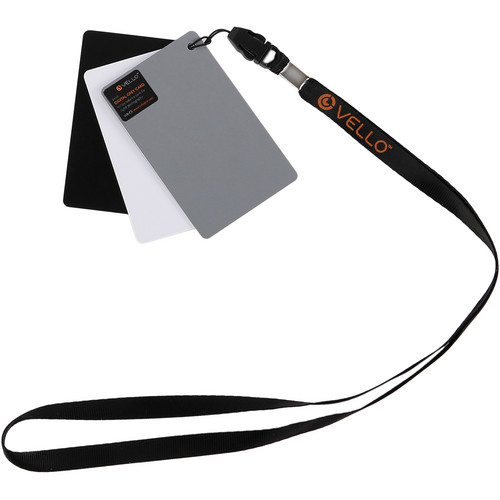
Surprisingly, many amateur photographers and even some professional photographers have no idea what a gray card is or its function. Put simply grey cards are a middle gray reference, used to produce accurate color and exposure in a photograph. For obtaining the correct light exposure, simply hold the gray card up in the scene to be photographed and then take a reading from it with a reflected light meter. To figure out the correct white balance in a photo, simply take a photo of the scene to be photographed with the gray card. Then in post-production, use the white balance dropper tool and click on the gray card. Voila! Your photo is now perfectly white balanced. Although digital cameras today do a decent job of automatically white balancing, sometimes photos can come out with glaringly wrong white balance. A gray card will ensure this never happens again. A highly recommended accessory, gray cards are quite cheap and portable in relation to other camera accessories.
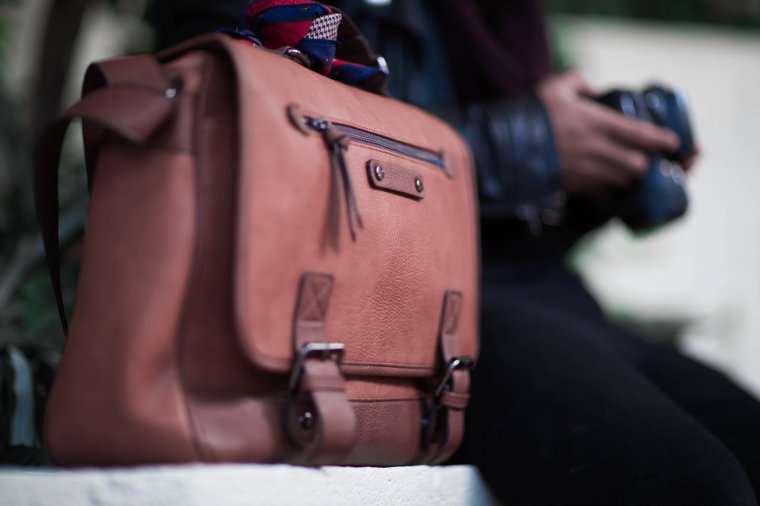
It is nearly impossible to be an effective photographer without something to carry your equipment in. Not only is it important to have a camera bag, but having one that fits your needs and your equipment is essential to success. Every camera bag is different and has pros and cons. Think of your own camera bag. Does it have enough space for your camera and lens(es)? What about your tripod/monopod and other accessories? Can you easily access your camera bag to find whatever you need while in the middle of a photo shoot? Some camera bags have a strap on the outside where you can attach your camera to. Other camera bags are ultra-portable and even have a rain cover. These may be features that interest you. Next time you look at camera bags, don’t just buy the first one that you see. Instead, look at your own needs and then see what options are available. Trust me, a good camera bag is truly a worthwhile investment that will go a long way. Also check DSLR shoulder rigs.
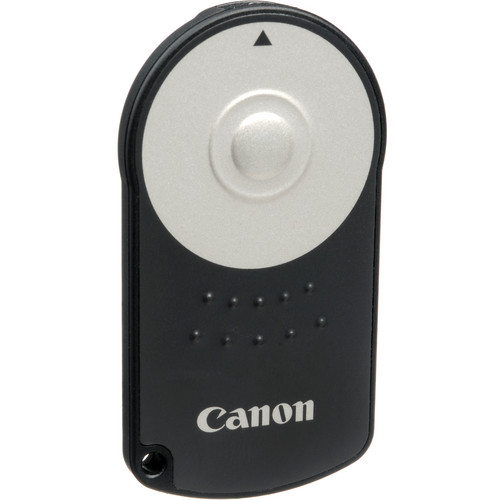
These devices enable you to trigger your camera’s shutter remotely, either through wired or wireless remote releases. It can be useful in a variety of situations to be able to take a photo from a distance. For instance, taking selfies or group photos of yourself included is much easier when you have a remote shutter release. Another example is when you are doing macro photography – camera shake is your worst enemy. Using a remote shutter release along with a tripod in that situation will prevent camera shake all together. Some remote shutter releases also have options for bulb (long exposure) shooting, which means you can manually control the length of the shot or even set the exposure length to any length of time. Another cool feature that some remotes have is the ability to switch between single, continuous and the self-timer delay modes from the controller itself. Finally, a feature that some advanced controllers have is a time-lapse mode. In this mode, you can set the camera to take a set number of shots over a period of time. The camera will then automatically take the photos without you having to time the shots and remember to take them yourself.
Happy shooting!
Comments (0)
There are no comments yet.